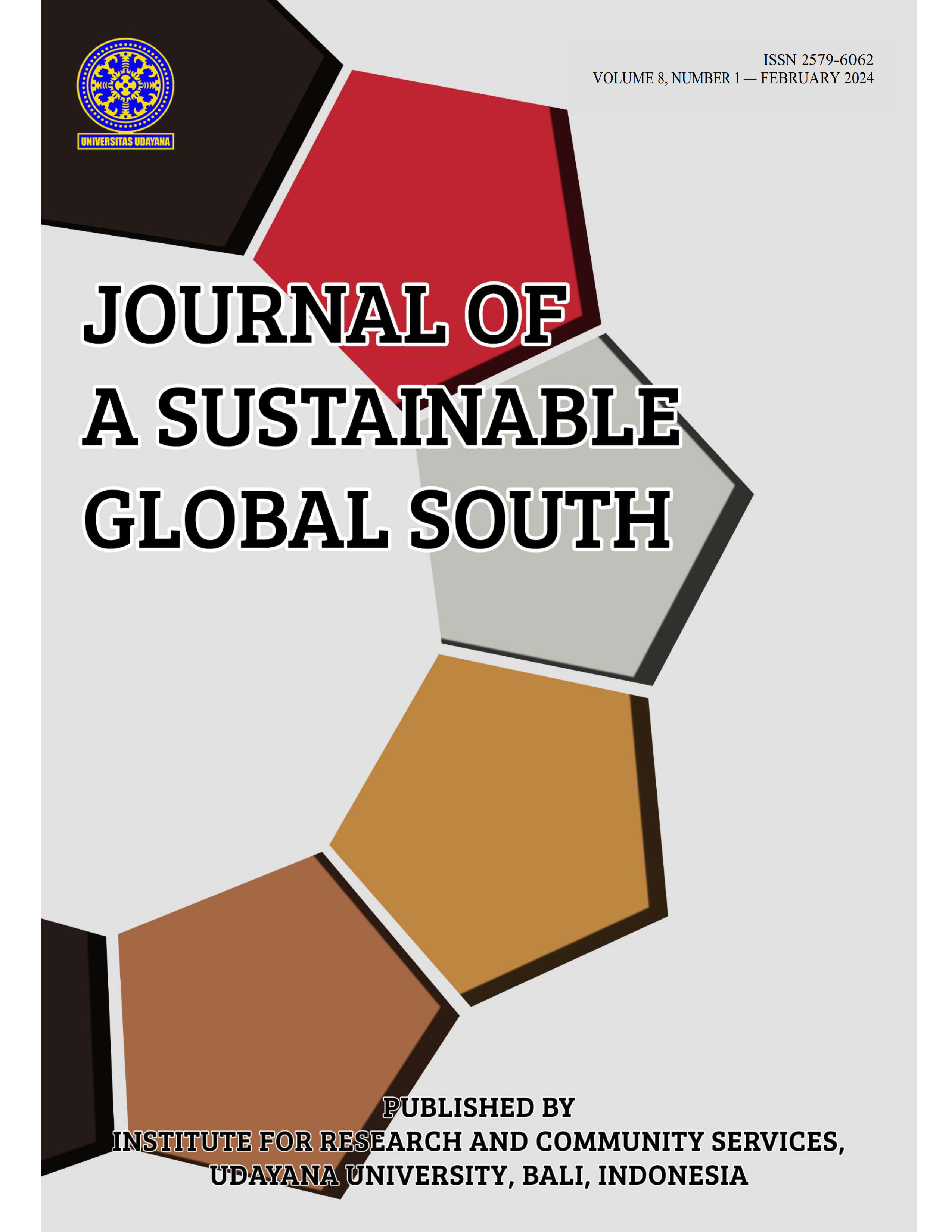Traditional and Vernacular Architecture in Bali
Abstract
The study of Bali's traditional and vernacular architecture requires a comprehensive interdisciplinary approach to reveal the complex expressions of this culturally diverse island. Influenced by Hindu, Buddhist and indigenous beliefs, Bali's architecture is closely interwoven with its lush landscape, characterised by terraced rice fields, volcanic mountains and a tropical climate. The theoretical foundations are based on vernacular architecture and emphasise the importance of indigenous knowledge, local materials and cultural, social and environmental factors. The study focuses on the classification and functions of more than 20,000 Hindu temples or "pura", which reflect the island's deep cultural roots and rituals based on the Balinese calendar. An examination of small villages such as Pengotan reveals a nuanced architecture with sacred and profane zones clustered around temple areas, residential areas and cemeteries. The concentration of family units in sacred spaces and the meticulous adherence to the luan concept reveal the intricacies of traditional Balinese architecture. However, the preservation of this architectural heritage is being challenged by rapid modernisation and a booming tourism industry. The influx of tourists, which has increased from 2.5 million in 2010 to 14 million in 2017, poses a threat to Bali's traditional building practices and materials. The environmental impact of increasing waste and inadequate infrastructure, exacerbated by the growing number of foreign visitors, requires sustainable planning. The government's ambitious goal of creating '10 new Balis' to double the number of tourists raises concerns about environmental protection and proper waste management. The methodological approach of this study is deeply rooted in vernacular architecture and aims to decipher the nuances and preserve Bali's architectural heritage. Balancing the demands of modernisation and tourism with the need for environmental sustainability is critical to the protection of the heritage.
Index Terms— Vernacular Architecture, Bali, Tourism, Traditions
Downloads

This work is licensed under a Creative Commons Attribution 4.0 International License.










(1).png)


